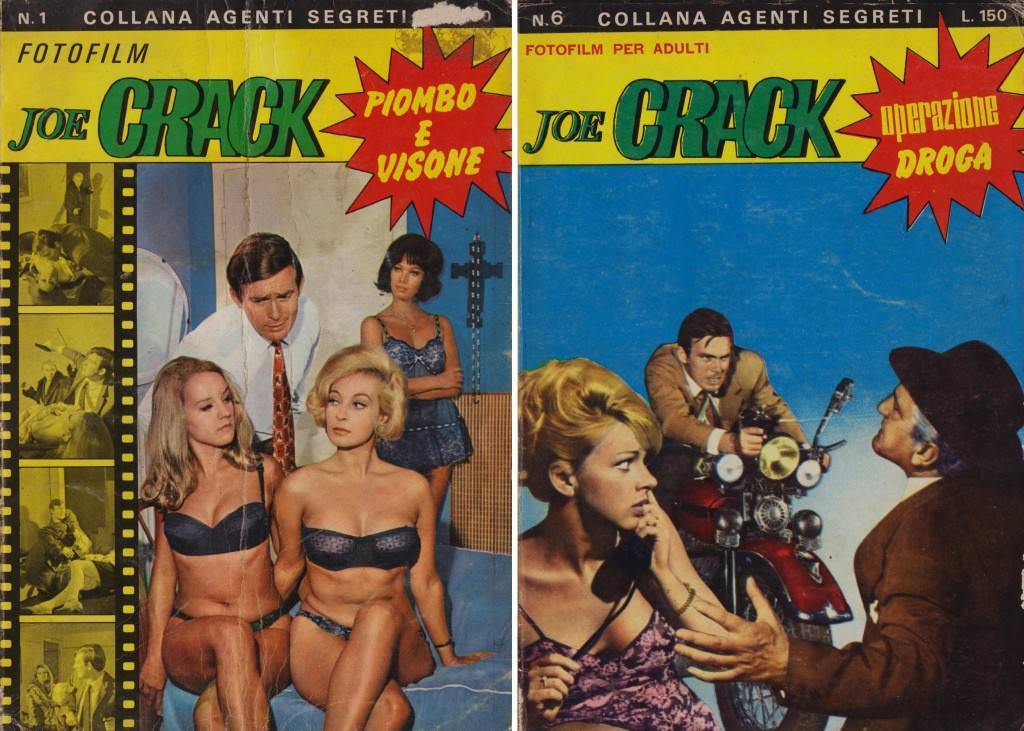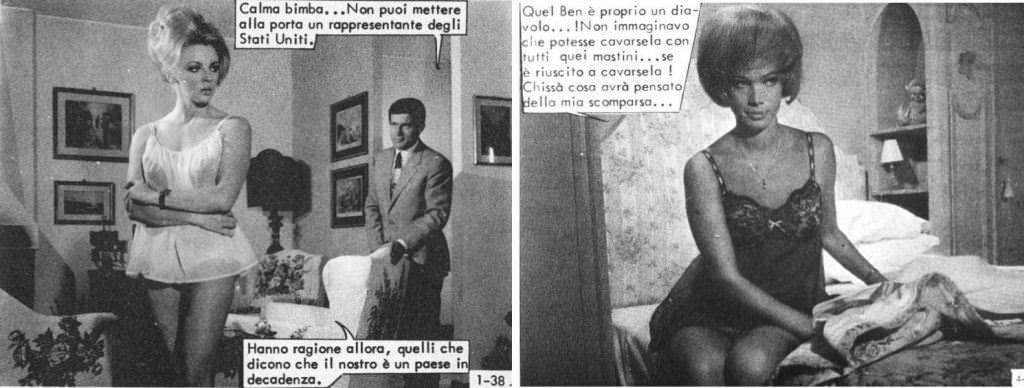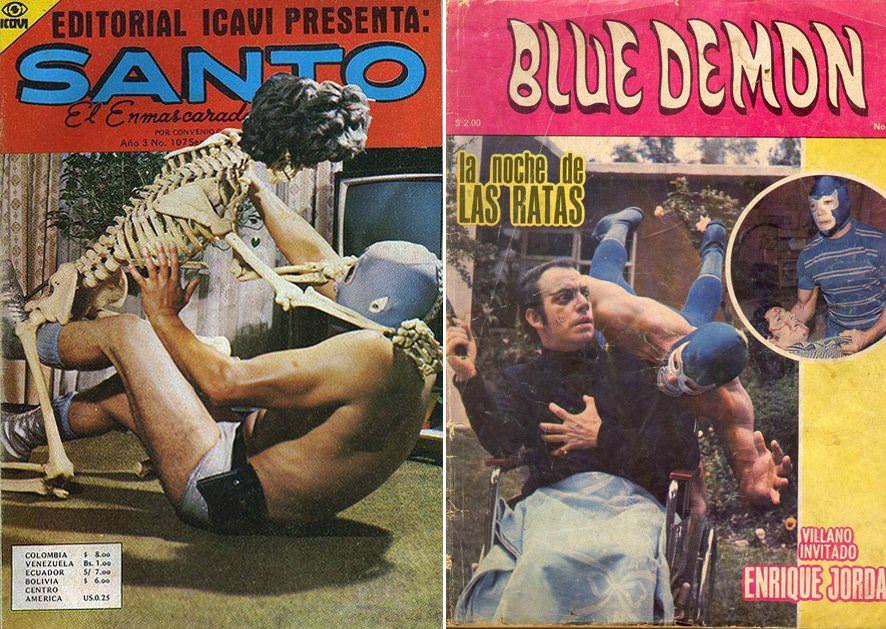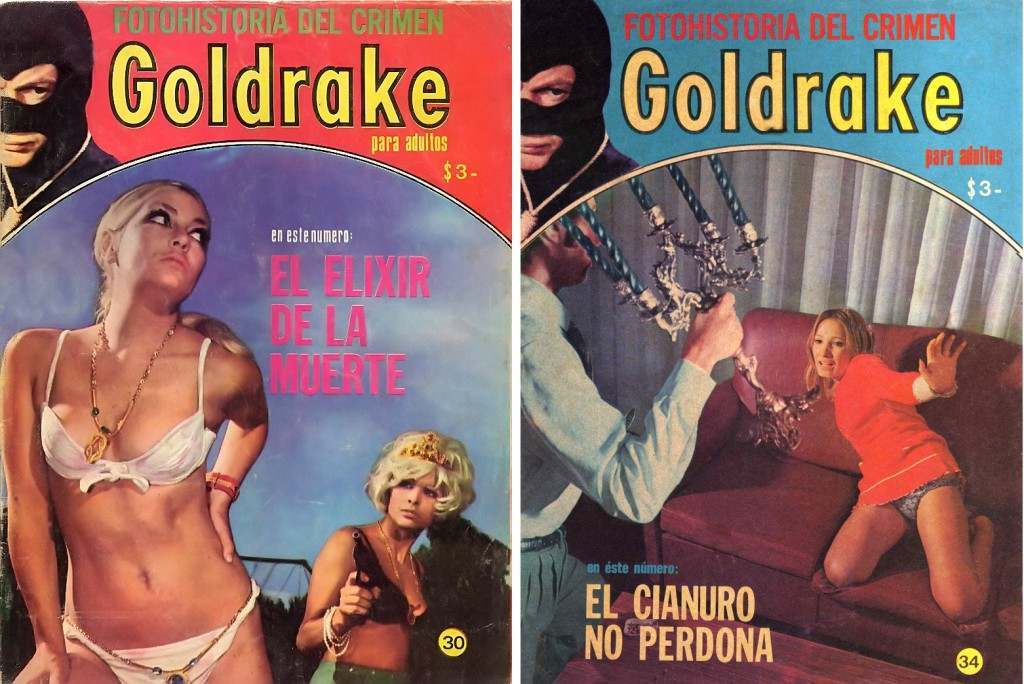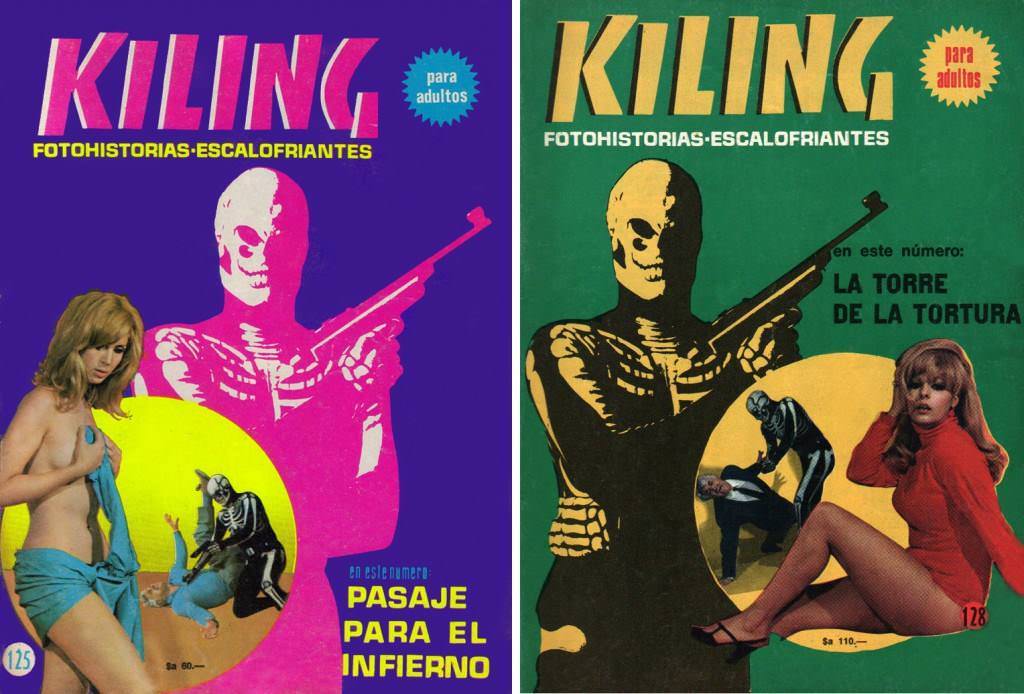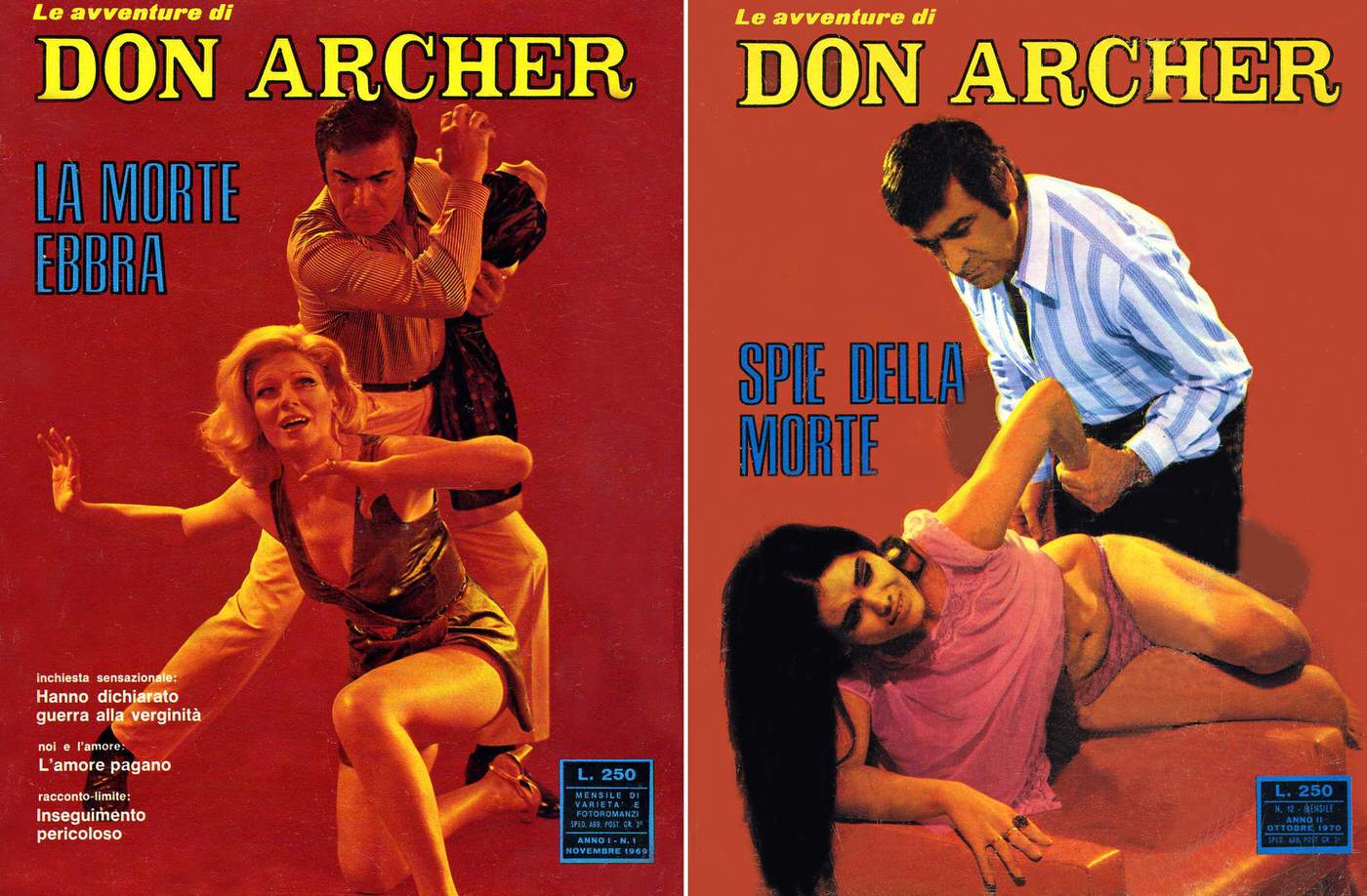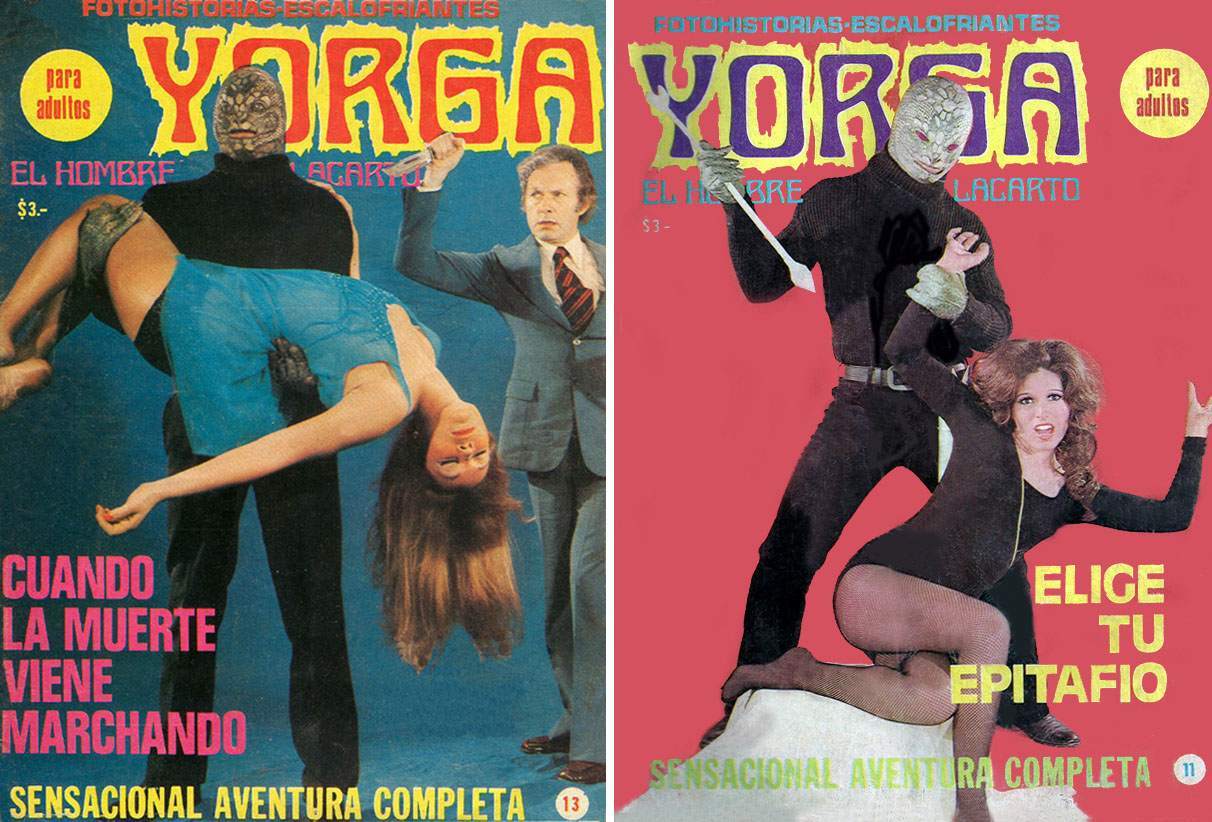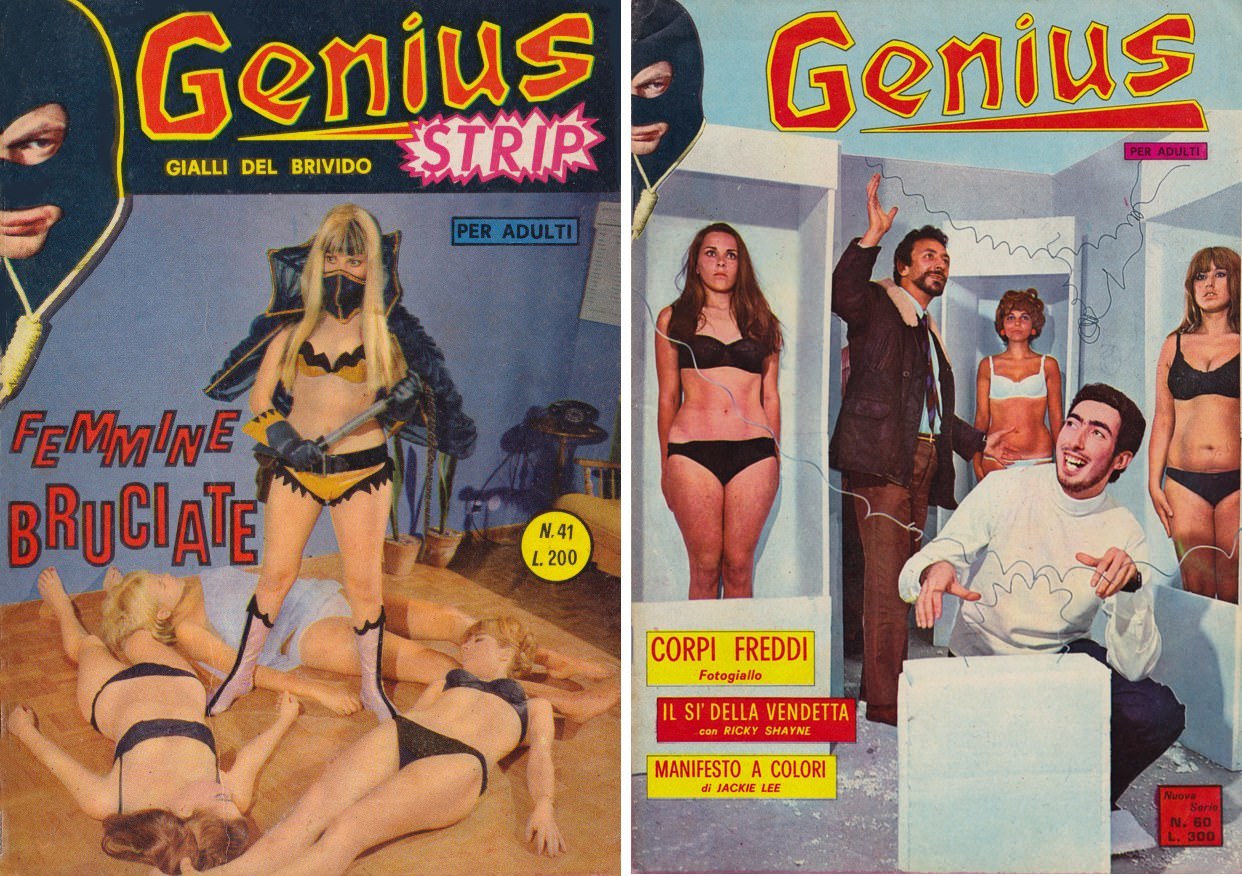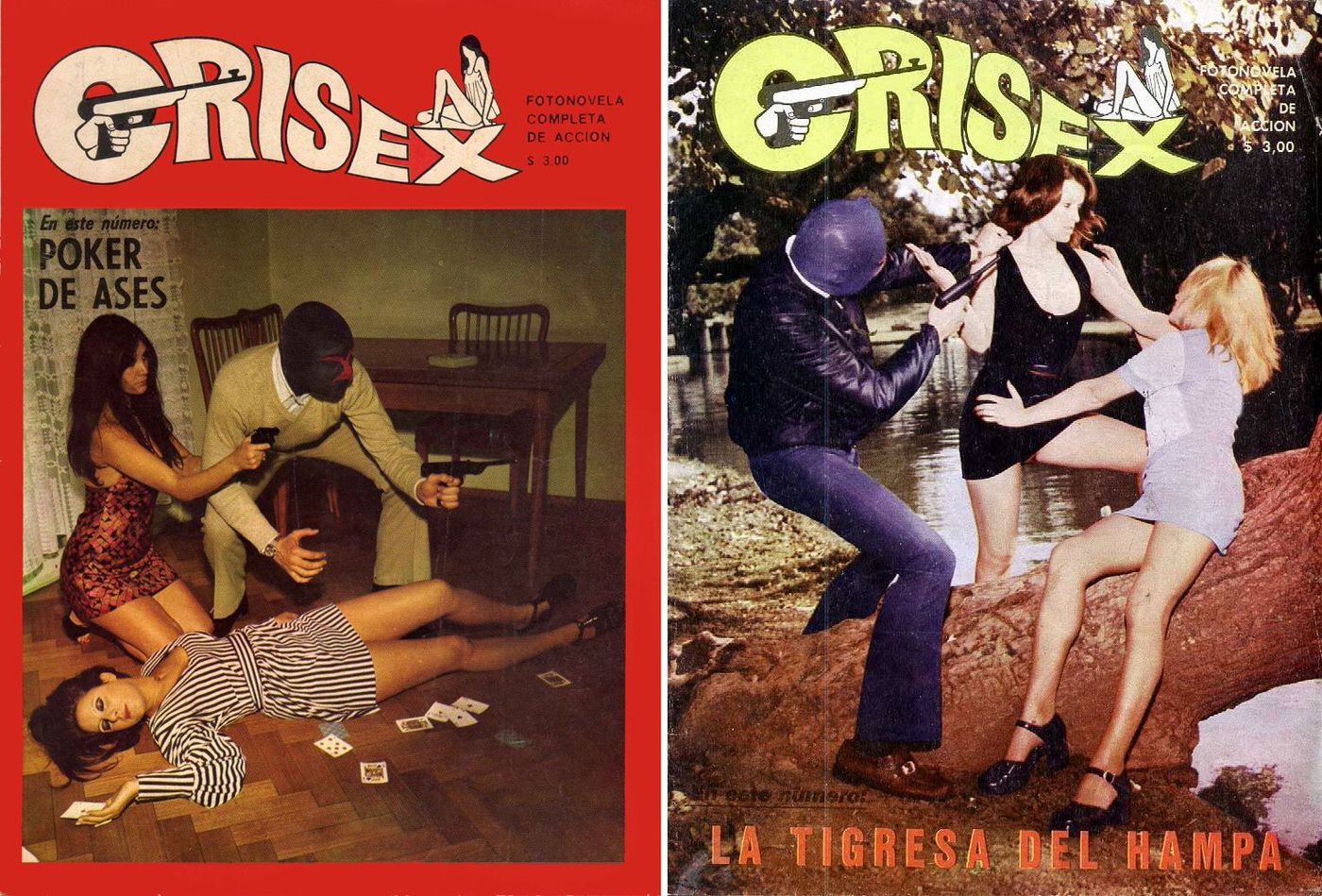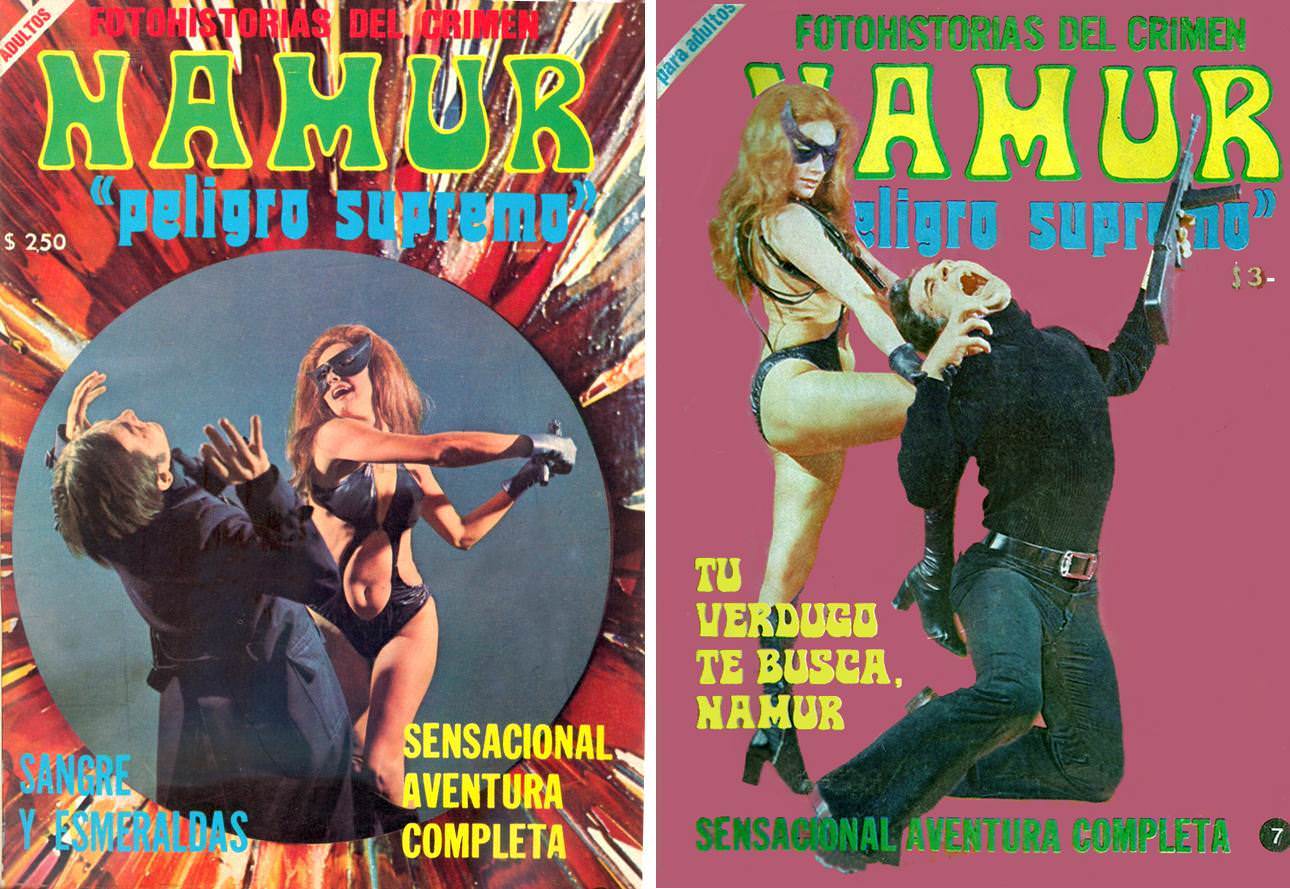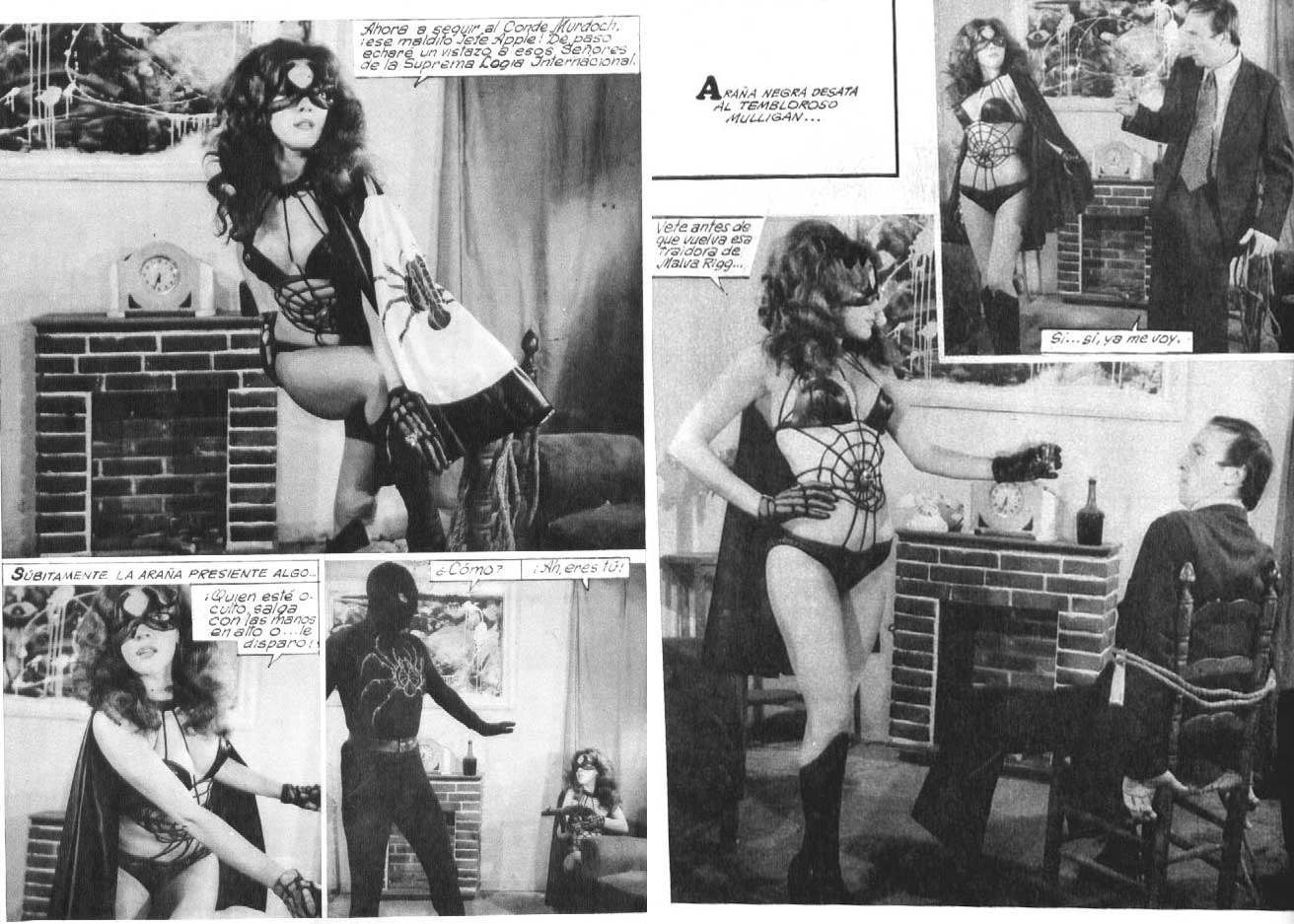In the 1960s and 1970s, readers in countries like Italy and Spain had a popular type of reading material that was different from traditional comic books. These were crime comics that used a unique visual format, often known as “Fotonovelas.” Instead of featuring illustrations or drawings in the panels, these comics used actual photographs to tell the story.
The format of Fotonovelas meant that real actors were photographed performing the scenes, and these photos were then arranged in comic-book-style panels on the page. Speech bubbles were added to the photographs to show what the characters were saying, just like in a drawn comic. This gave the Fotonovelas a look that was something like reading a movie or a photo album combined with a comic strip.
These crime Fotonovelas told dramatic and often intense stories. They typically featured plots centered around crime, suspense, and action. Readers would follow the characters through thrilling situations, investigations, and confrontations. The storylines were often fast-paced and designed to keep readers turning the pages to find out what happened next in the visual narrative.
Read more
The content in these comics could be quite dramatic and sometimes dealt with mature subject matter, as is common in crime fiction genres. The visual nature, using photographs of real people in often dramatic poses or scenes, added to the intensity of the stories.
The covers of these Spanish and Italian crime comics were usually designed to be very eye-catching to attract buyers on newsstands. They often featured dramatic photographs from the story, sometimes highlighting moments of action or suspense. Bold titles and exciting text were used to promise thrilling content inside and grab potential readers’ attention quickly. The covers were created to look sensational and intriguing, reflecting the type of stories found within the pages.


